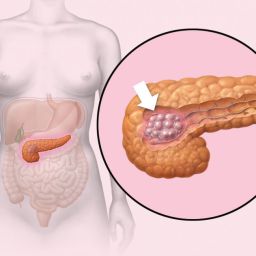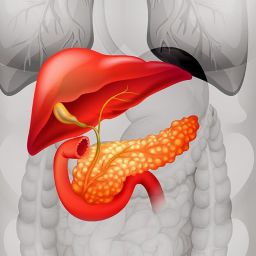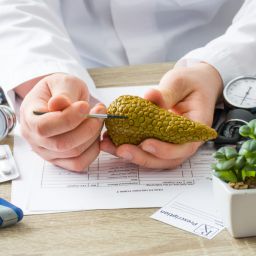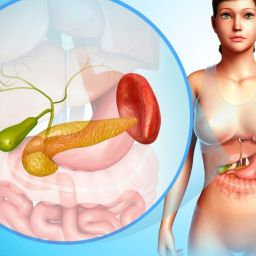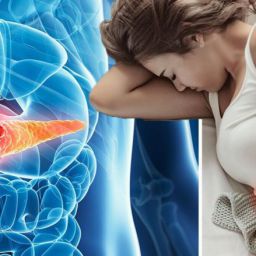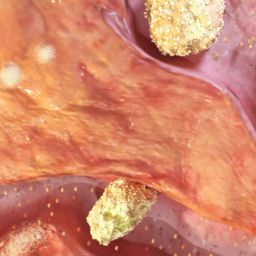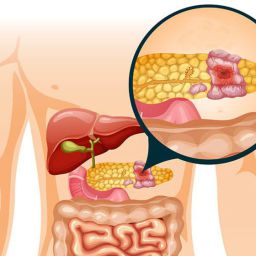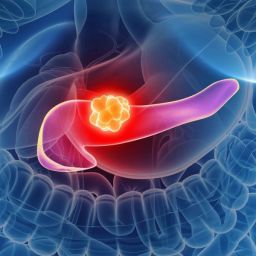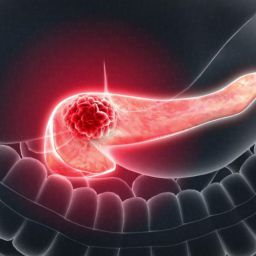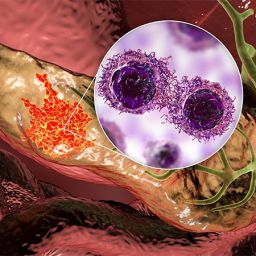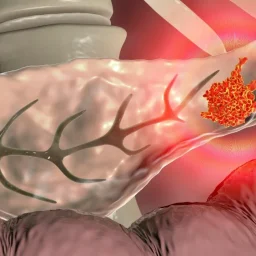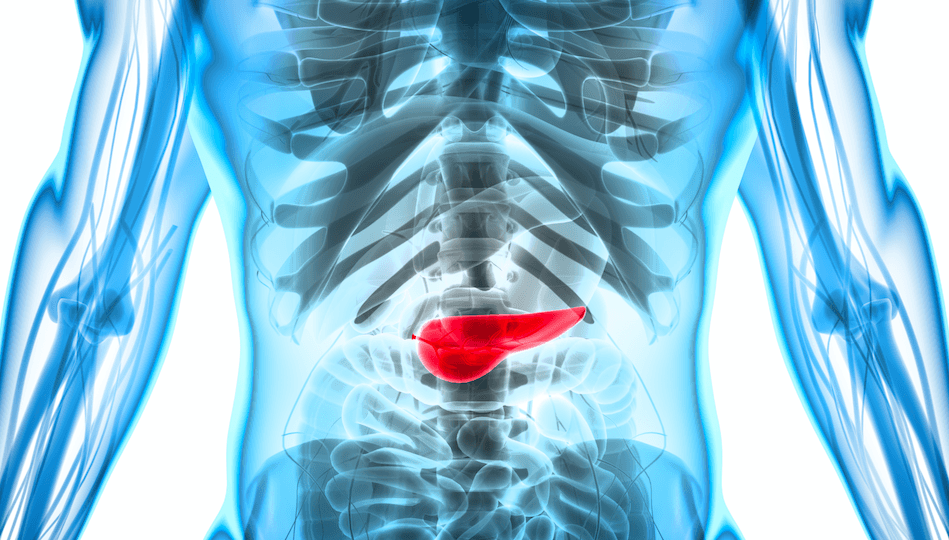
Skin Problems Linked to Acute Pancreatitis
While acute pancreatitis primarily affects the pancreas, it can have systemic effects that extend to the skin. Various dermatological manifestations can occur due to the inflammatory processes, metabolic changes, and complications associated with acute pancreatitis.
Here are the most common skin problems related to acute pancreatitis:
1. Jaundice
What is Jaundice? Jaundice is a condition in which the skin and the whites of the eyes turn yellow. It occurs when there is an excess of bilirubin in the blood, a yellow pigment formed during the breakdown of red blood cells. Normally, bilirubin is processed by the liver and excreted in bile. However, in cases of acute pancreatitis, the bile ducts may become obstructed due to inflammation or swelling, leading to jaundice.
Relationship to Acute Pancreatitis: In acute pancreatitis, especially if the inflammation is severe and affects the bile duct, jaundice can develop. Gallstones, which are a common cause of acute pancreatitis, can obstruct the bile duct, causing bile to accumulate and leading to jaundice. This results in yellowing of the skin, eyes, and mucous membranes.
Signs of Jaundice:
- Yellowing of the skin and eyes
- Dark urine
- Pale stools
When to Seek Medical Attention: Jaundice is an important indicator of biliary obstruction or liver involvement, which requires prompt medical attention. If you experience jaundice during an episode of acute pancreatitis, it’s important to seek medical care immediately.
2. Pancreatic Skin Necrosis (Cullen’s Sign)
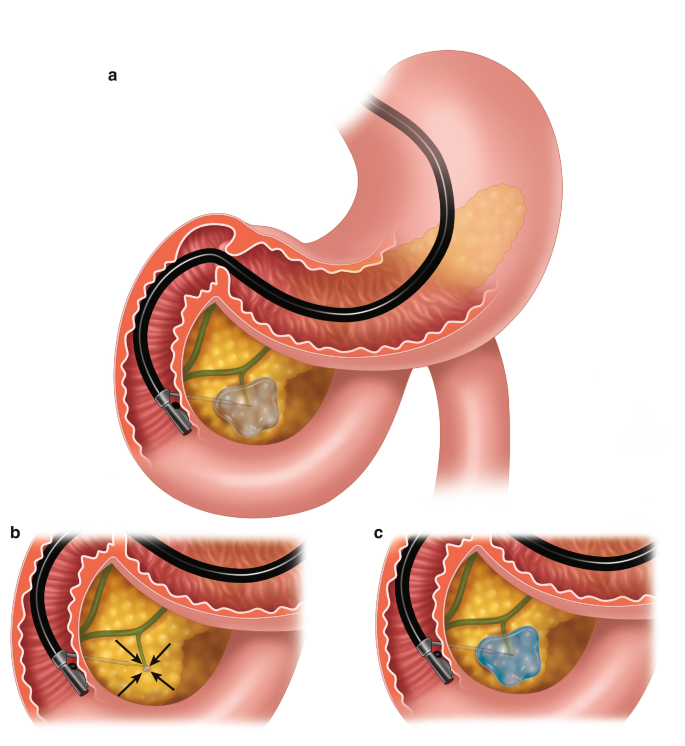
What is Cullen’s Sign? Cullen’s sign refers to a bluish discoloration around the belly button (umbilicus) caused by internal bleeding. This phenomenon occurs due to the spread of blood into the subcutaneous tissue as a result of pancreatic necrosis or bleeding into the abdominal cavity.
Relationship to Acute Pancreatitis: In cases of severe acute pancreatitis, pancreatic tissue can begin to die (necrosis). When this occurs, it can lead to internal bleeding and the leakage of blood into surrounding tissues. This blood then travels to the area around the belly button, causing the bluish discoloration known as Cullen’s sign.
Signs of Cullen’s Sign:
- A bluish or purple discoloration around the belly button
- Pain or tenderness in the abdominal area
When to Seek Medical Attention: Cullen’s sign is a medical emergency and indicates a severe complication of acute pancreatitis, such as internal bleeding or pancreatic necrosis. Immediate hospitalization and further diagnostic evaluation are necessary.
3. Grey Turner’s Sign
What is Grey Turner’s Sign? Grey Turner’s sign is another sign of internal bleeding, characterized by bruising or discoloration on the flanks (the sides of the abdomen and back). Like Cullen’s sign, it is caused by bleeding into the tissues due to pancreatic necrosis or inflammation.
Relationship to Acute Pancreatitis: Severe cases of acute pancreatitis can result in damage to the blood vessels surrounding the pancreas, leading to hemorrhage and the spread of blood to the flanks. The bruising typically appears within 24 to 48 hours of the onset of bleeding.
Signs of Grey Turner’s Sign:
- Bluish or purplish discoloration on the sides of the abdomen or back
- Severe abdominal pain
When to Seek Medical Attention: Grey Turner’s sign is a serious indication of bleeding and requires urgent medical attention. It often suggests a life-threatening complication such as hemorrhagic pancreatitis or pancreatic necrosis.
4. Erythematous or Rash-Like Skin Lesions
What are Erythematous Skin Lesions? In some cases, individuals with acute pancreatitis may develop erythematous (reddened) skin lesions or rashes. These can appear on various parts of the body, including the chest, abdomen, or limbs. The exact cause of these lesions is not fully understood, but it may be related to systemic inflammation, immune responses, or infections associated with pancreatitis.
Relationship to Acute Pancreatitis: The development of erythematous skin lesions is thought to occur as a result of the systemic inflammation caused by acute pancreatitis. These lesions may be associated with inflammatory conditions like erythema nodosum or vasculitis, both of which can occur in response to systemic inflammation.
Signs of Erythematous Lesions:
- Red, inflamed patches on the skin
- Skin swelling or tenderness
When to Seek Medical Attention: If erythematous lesions appear during an episode of acute pancreatitis, they should be evaluated by a healthcare provider. While these lesions are not always life-threatening, they may indicate an underlying issue that requires treatment.
5. Pruritus (Itchy Skin)
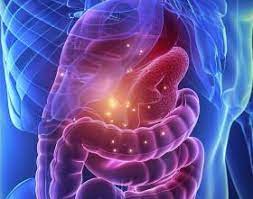
What is Pruritus? Pruritus, or itching, is a common symptom that can accompany various medical conditions, including acute pancreatitis. It is often related to jaundice or bile duct obstruction, as the accumulation of bile salts in the skin can lead to intense itching.
Relationship to Acute Pancreatitis: When the bile duct is obstructed due to inflammation or gallstones, bile acids may build up in the bloodstream and be deposited in the skin, causing pruritus. The itching can be generalized or localized, depending on the severity of the biliary obstruction.
Signs of Pruritus:
- Itching, especially on the palms of the hands or soles of the feet
- Rash or dry skin in some cases
When to Seek Medical Attention: If pruritus is accompanied by jaundice or other symptoms of acute pancreatitis, it’s important to seek medical care to address the underlying cause and alleviate symptoms.
Treatment and Management of Skin Symptoms in Acute Pancreatitis
Treatment of skin problems associated with acute pancreatitis focuses on addressing the underlying cause of the condition and managing symptoms.
- Jaundice: Treatment may involve draining the blocked bile duct, medications to help with bile flow, or surgery to remove gallstones.
- Cullen’s and Grey Turner’s Signs: These are indicative of severe pancreatitis and internal bleeding and require immediate medical attention and potential surgical intervention.
- Erythematous Skin Lesions and Pruritus: Symptomatic treatments like antihistamines, corticosteroids, and moisturizers may help reduce inflammation and itching.
The relationship between acute pancreatitis and skin problems is complex and multifaceted. While acute pancreatitis primarily affects the digestive system, it can have significant dermatological manifestations that reflect the severity of the underlying inflammation and complications. Recognizing these skin symptoms can be crucial for early diagnosis and intervention.
If you experience skin changes such as jaundice, bruising, or intense itching during an episode of acute pancreatitis, it is vital to seek immediate medical attention. Early detection and proper management can help prevent serious complications and improve the overall prognosis for individuals affected by acute pancreatitis.


